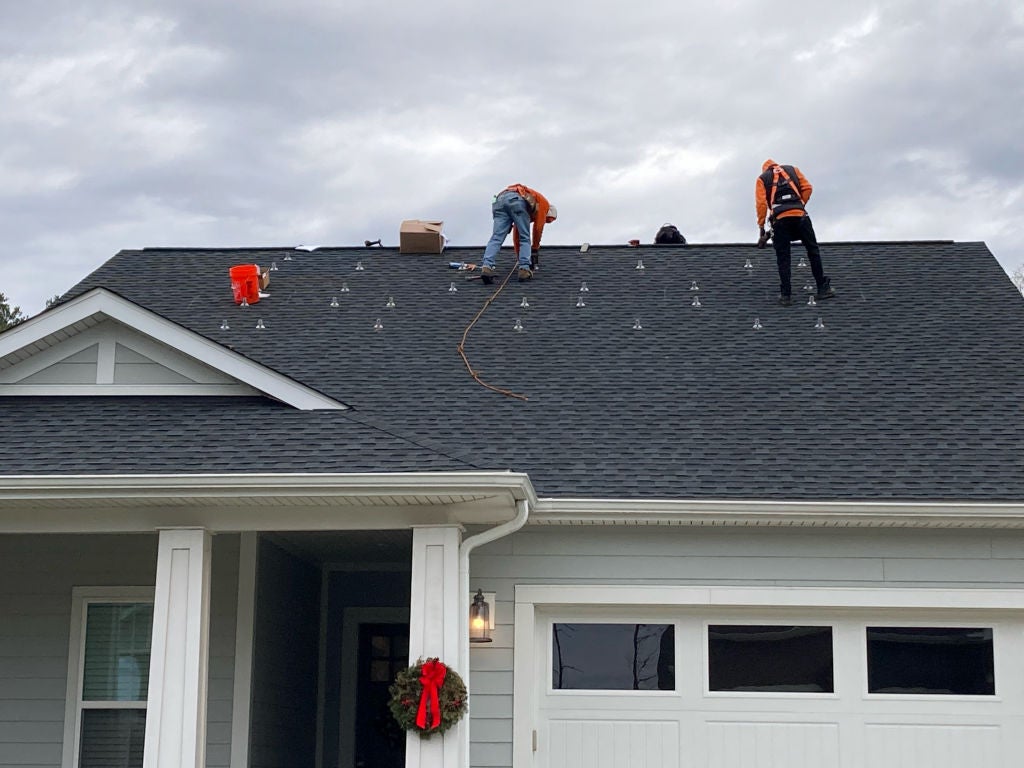
A new report from the American Council for an Energy-Efficient Economy (ACEEE) has identified the US states that are best positioned to slash their building emissions by updating their energy codes with funding made available by the 2021 Bipartisan Infrastructure Law (BIL) and the 2022 Inflation Reduction Act (IRA). The states that would benefit the most by updating weak or non-existent energy codes are Arkansas, Colorado, Louisiana, Minnesota, North Carolina, North Dakota, South Carolina, Tennessee, Virginia and Wyoming.
New federal funding available to states to adopt and implement more stringent energy codes includes $225m over five years from the BIL and $1bn from the IRA. Energy codes are standards set by states or local governments that define the baseline set of energy-related requirements for new and renovated buildings.
The new federal funding is targeted to address challenges such as developing a local workforce to construct energy-efficient buildings, verifying compliance with minimum standards and ensuring equitable access to energy efficiency across communities. The ACEEE’s analysis accounts for state-level factors such as the existing level of emissions from buildings, the pace of new construction activity and climate policy targets.
For example, states that rely on coal-fired electricity for heating like North Dakota and Wyoming, and other states in the Midwest, will have higher-than-average building emissions. States most primed to benefit from improved energy codes and incoming funding for energy efficiency measures are in the south and Midwest.



